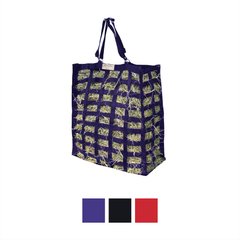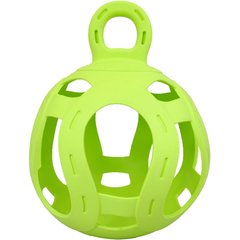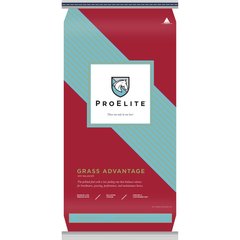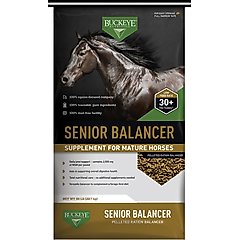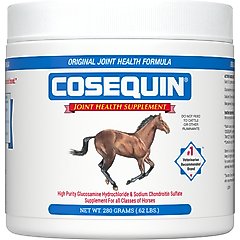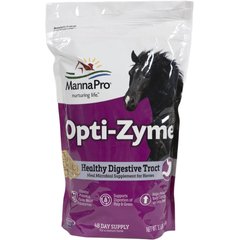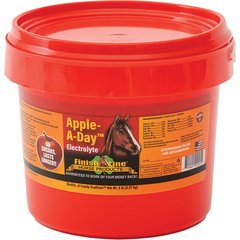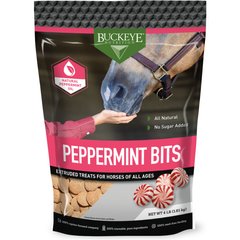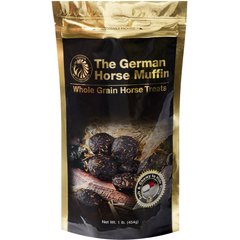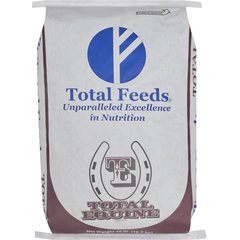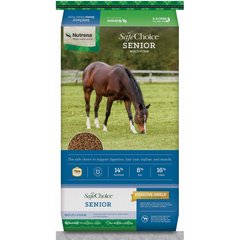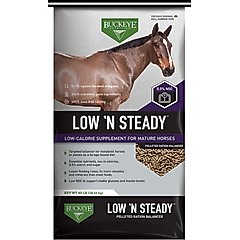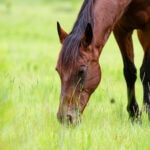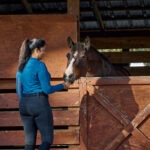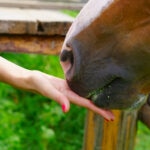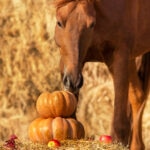What Do Horses Eat?
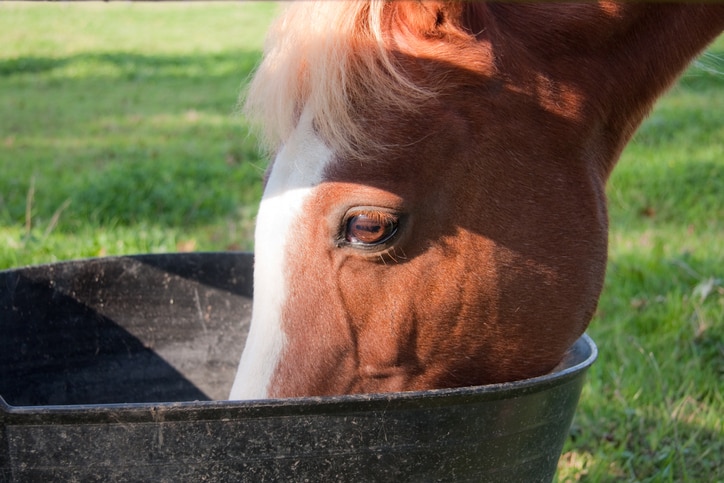
Photo by Groomee/iStock / Getty Images Plus via Getty Images
The right nutrition is crucial for keeping your equine companion energetic, healthy, and at the appropriate weight. Understanding what makes up a proper horse diet, from hay and grain to supplements and treats, is a crucial part of horse ownership.
Let’s explore different types of horse foods and learn how to formulate a balanced, complete, and appropriate diet for your individual horse.
What Do Horses Eat in a Day?
A healthy horse diet consists primarily of forage, supplemented with grain and supplements if needed.
“We should always start the diet formulation with fiber-rich forage, then add starchy grains only if necessary to maintain a good body weight and energy levels,” says Lynn Taylor, PhD, an equine nutritional consultant and professor of equine studies at Centenary University in Hackettstown, New Jersey.
Dr. Taylor explains that because horses are hind-gut fermenters—meaning their cecum and colon are primarily responsible for breaking down and absorbing nutrients—they have relatively small stomachs compared to the rest of their digestive system.
“Horses can process simple starches and sugars (from grains and fresh grass) in the stomach and small intestine, but these types of calories are not a large part of their natural diet and so should only be offered in small amounts.”
Hay
The dried form of grass, hay is the most important component of a domestic horse’s diet and provides the necessary fiber to keep their digestive system functioning properly.
Common types of hay include:
- Timothy hay: A type of grass hay with moderate protein and fiber content
- Orchard grass hay: A softer, sweeter grass hay that’s palatable for picky eaters
- Bermudagrass hay: A fine-stemmed, low-protein grass hay suitable for maintenance diets
- Alfalfa hay: A legume hay that’s relatively high in protein and calcium, ideal for growing or active horses
A popular option when purchasing hay is a grass mix, a combination of two or more species of grass hay baled together.
“Aside from long-stemmed hay, we can also provide forage to our horses in the form of hay cubes, hay pellets, and even beet pulp,” adds Dr. Taylor. These products can easily be soaked into a soft mash for horses with dental issues who have difficulty chewing. Beet pulp should always be thoroughly soaked to reduce the risk of choking.
As grazing herbivores, horses should have access to forage at frequent intervals throughout the day. This is very important for keeping their gut moving and preventing colic; protecting their sensitive stomachs from ulcers; and keeping their brains occupied, especially when confined to a stall.
“We want to promote foraging behavior that’s essential for both gastrointestinal health and mental well-being,” says Ofelia Del Principe, BS, a certified independent equine nutrition consultant and the owner of Whitfield Equine Nutrition in High Falls, New York.
With this goal in mind, she recommends turning to the myriad slow-feeder options available to horse owners, such as hay nets, stationary feeders, and hay or feed balls.
Recommended Products
Horse Hay Quality
Because hay is the foundation of a horse’s diet, ensuring its quality is essential. When selecting hay, look for:
- Fresh, green color (avoid yellow or brown hay)
- Legume hays, such as alfalfa, are naturally a brighter green color than grass hays—this variation is normal
- No mold or dust
- Soft texture with more leaves than stems
- A pleasant smell (not musty or sour)
Grain and Concentrates
An idle, mature horse who has a good body condition typically does well eating 1.5–2% of their body weight in hay daily. They should also have access to either fresh grass (if appropriate for their health) or a ration balancer to ensure their micronutrient (vitamin and mineral) requirements are met.
Recommended Products
For horses in work and/or those needing help maintaining their energy levels and body condition, grain is often added to the diet to provide additional energy and nutrients.
Grains commonly fed to horses include:
- Oats: A highly digestible grain with a balanced fiber-to-energy ratio
- Corn: A calorie-dense grain that should be fed carefully to prevent weight gain
- Barley: A middle-ground grain with more energy than oats but less than corn
Supplements
Horses may need supplements to ensure they receive all essential vitamins and minerals, particularly if their forage lacks nutrients. You can find this out through hay testing (for hay) and soil testing (for grass).
Common horse dietary supplements include:
- Vitamin and mineral balancers (ration balancers)
- Joint support supplements to help keep cartilage healthy
- Probiotics to help support digestive health
- Electrolytes to replenish minerals lost through sweat in performance horses
Recommended Products
Treats
While treats should be given in moderation because they are often rich in sugar, they can be a great way to bond with, motivate, and reward your horse.
Popular horse treats include:
- Apples
- Carrots
- Peppermints
- Horse cookies
- Watermelon
Recommended Products
What Is in Horse Grain?
Grain formulated specifically for horses often includes:
- Carbohydrates: From oats, barley, and corn to provide energy
- Fats: Such as vegetable oil or flaxseed for a healthy coat and sustained energy
- Protein: Often derived from soybean meal to support muscle growth and maintenance
- Vitamins and minerals: Essential for overall health, some of the most important ones are calcium, phosphorus, and vitamin E
- Fiber: Beet pulp or rice bran can be included in grain to support healthy gut motility and digestion
Choosing the Best Horse Grain for Your Horse
When selecting grain for your horse, consider factors such as:
- Lifestyle and activity level: Performance horses need a higher-energy diet than idle horses
- Age: Older horses may need special senior feed with higher digestibility and more calories to prevent unwanted weight loss
- Medical conditions: Horses with metabolic disorders need low-sugar concentrates
“For horses with insulin dysregulation (ID), we want to limit carbohydrate intake—especially the non-structural carbohydrates (NSCs) starch and sugar,” Del Principe says. “The total NSCs in the diet should be 10–12% or less; this includes forage, concentrates or a ration balancer, supplements, and treats.”
Grain Products for Horses
General-purpose grain: A well-balanced grain mix is suitable for most adult horses, providing essential energy, protein, and nutrients to maintain overall health and activity levels.
Recommended Product
Senior feed: Specially formulated for aging horses, senior feed is high in fiber, easily digestible, and often includes added fat and joint-supporting nutrients to promote overall well-being.
Recommended Product
Low-sugar option: Designed for horses with metabolic concerns, such as ID or equine metabolic syndrome (EMS), low-sugar grain minimizes starch and sugar content while still delivering essential nutrients.
Recommended Product
Performance horse: This is a high-energy grain tailored for active and working horses, offering increased calories, protein, and fat to support endurance, muscle recovery, and sustained performance.
Recommended Product
Horse Feeding Chart
What do horses eat in a day? Their daily nutrient requirements vary based on workload, weight, and age, among other factors.
The table below provides general guidelines for the average 1,100-pound adult horse.
Feed chart: basic daily nutrient requirements of mature horses on a dry matter basis.
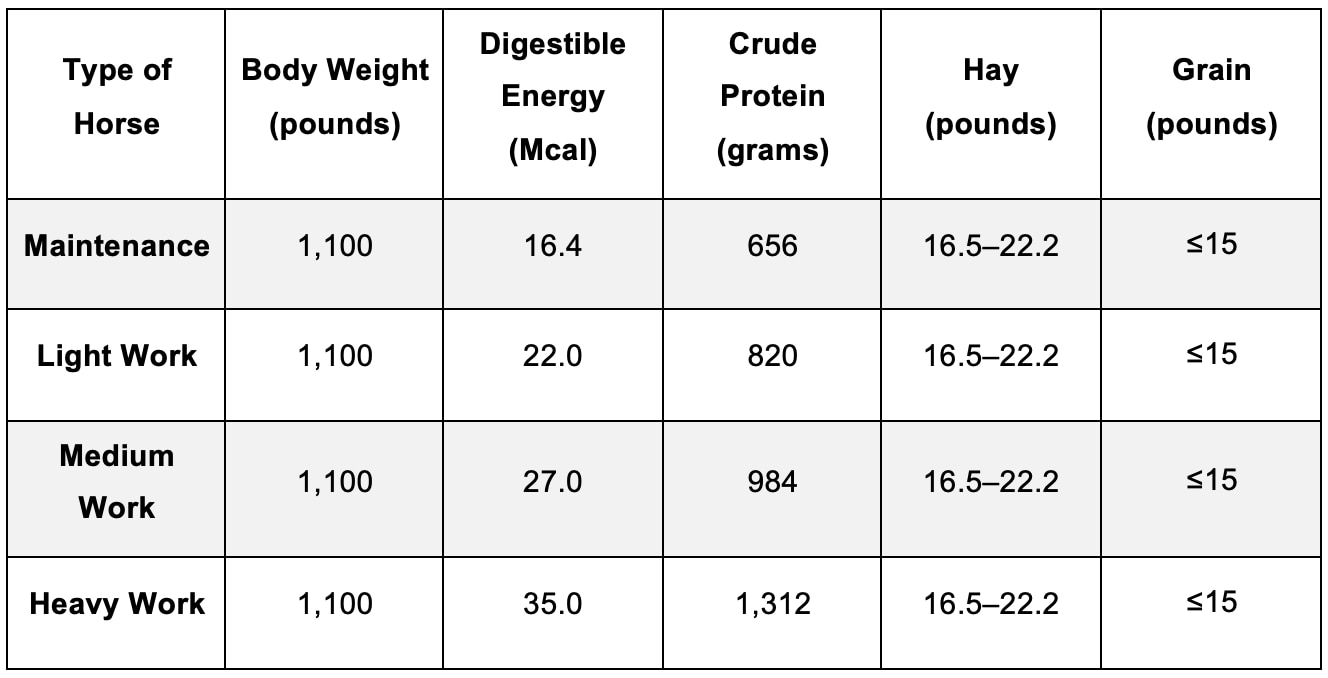
This content was medically reviewed by Kaela Schraer, DVM.
